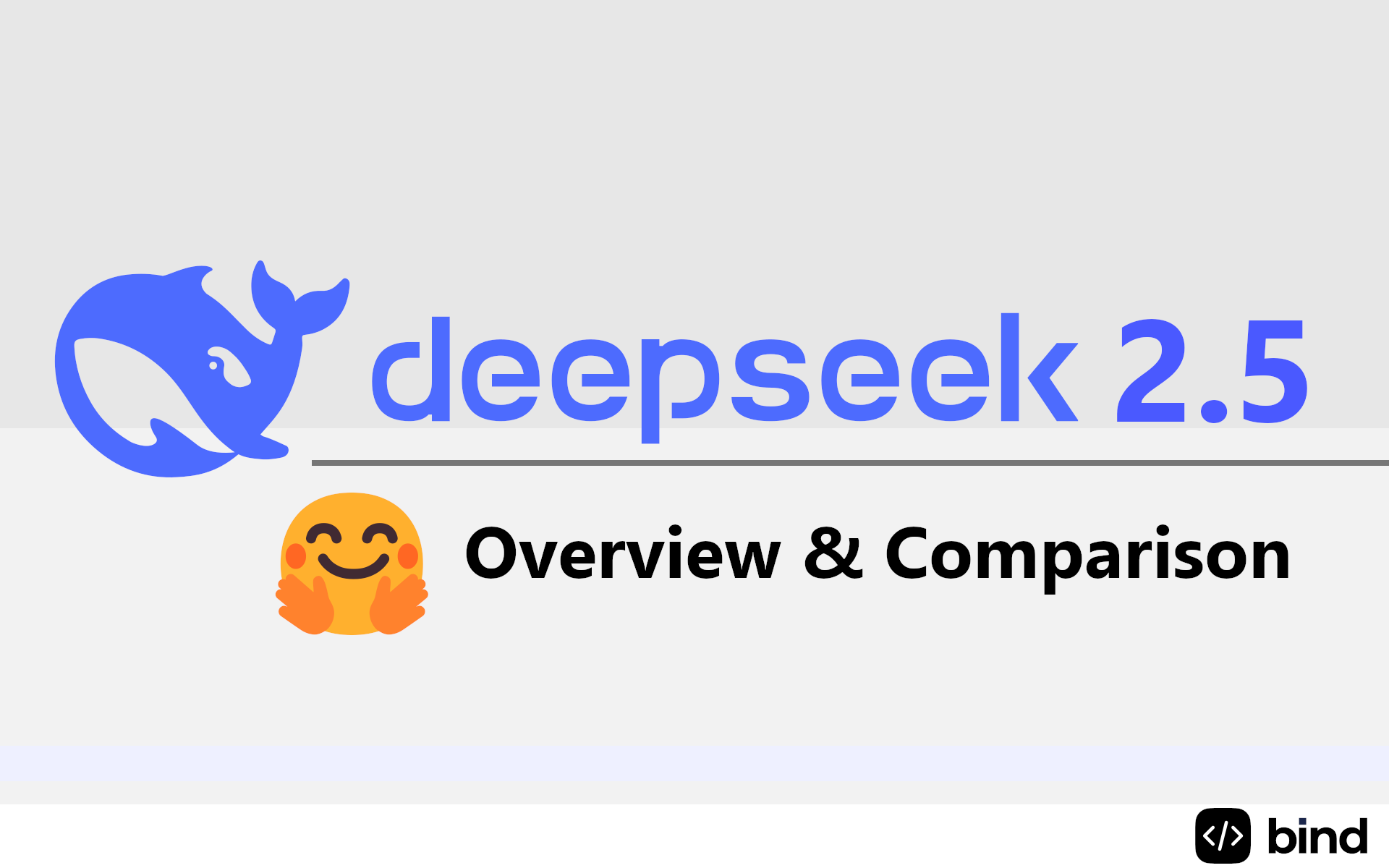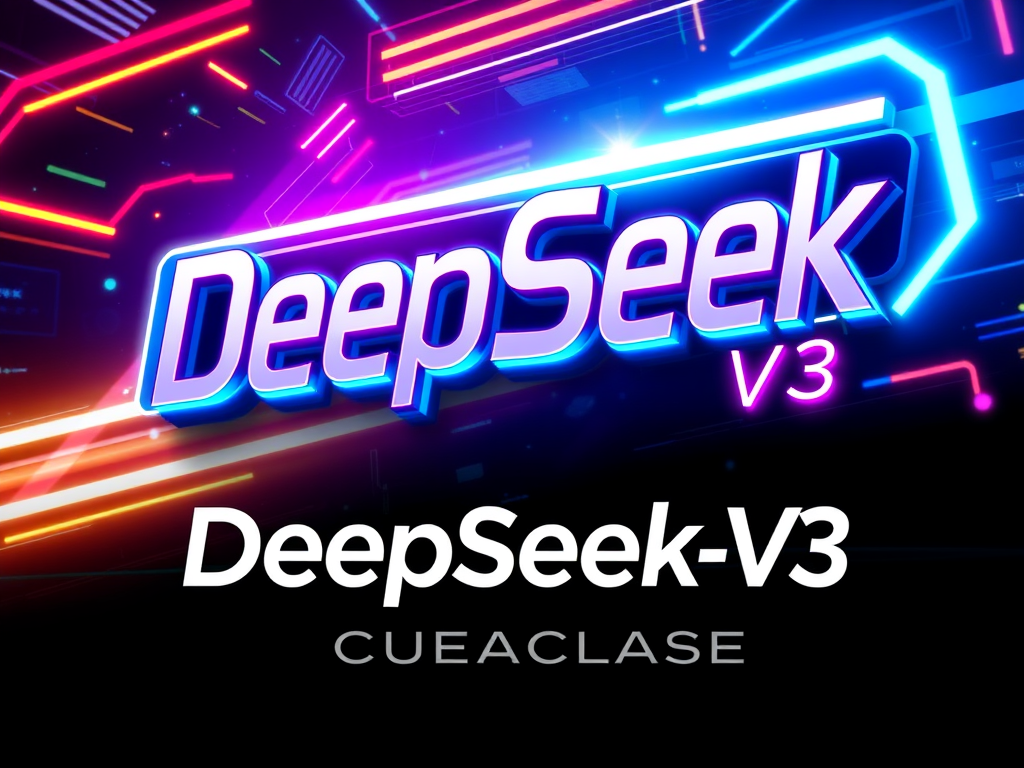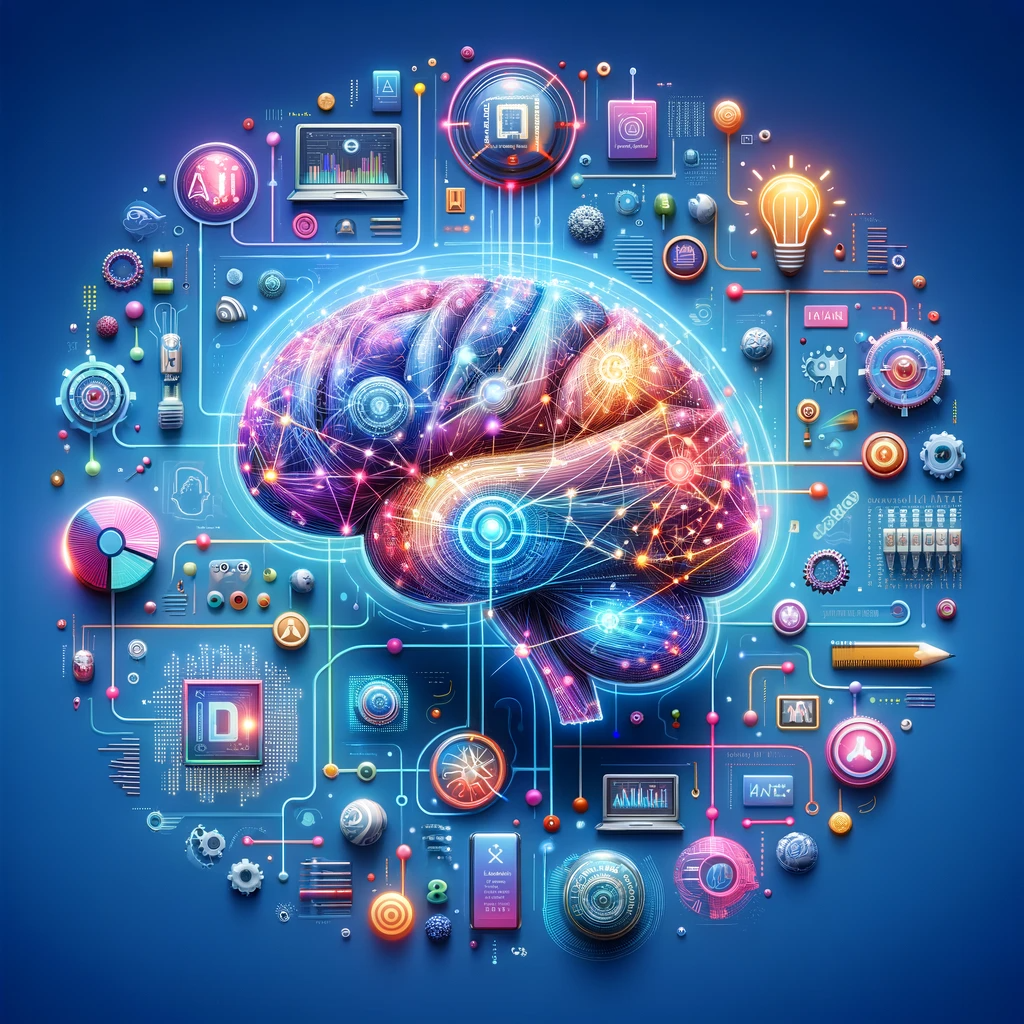
Musikbyran
Overview
-
Sectors Graduate IT Contractor
-
Posted Jobs 0
-
Viewed 71
Company Description
DeepSeek-R1: Technical Overview of its Architecture And Innovations

DeepSeek-R1 the current AI model from Chinese startup DeepSeek represents a groundbreaking advancement in generative AI technology. Released in January 2025, it has gained global attention for its ingenious architecture, cost-effectiveness, and remarkable performance throughout several domains.

What Makes DeepSeek-R1 Unique?
The increasing need for AI models capable of managing complex thinking tasks, long-context understanding, and domain-specific flexibility has exposed constraints in standard dense transformer-based models. These models typically experience:
High computational expenses due to activating all criteria throughout inference.
Inefficiencies in multi-domain task handling.
Limited scalability for large-scale deployments.
At its core, DeepSeek-R1 differentiates itself through an effective combination of scalability, efficiency, and high performance. Its architecture is built on 2 fundamental pillars: an advanced Mixture of Experts (MoE) framework and a sophisticated transformer-based design. This hybrid method allows the model to deal with intricate tasks with exceptional accuracy and speed while maintaining cost-effectiveness and attaining cutting edge outcomes.
Core Architecture of DeepSeek-R1
1. Multi-Head Latent Attention (MLA)
MLA is a crucial architectural innovation in DeepSeek-R1, introduced at first in DeepSeek-V2 and more improved in R1 developed to enhance the attention system, decreasing memory overhead and computational inefficiencies throughout inference. It operates as part of the design’s core architecture, straight affecting how the model processes and generates outputs.
Traditional multi-head attention calculates separate Key (K), Query (Q), bytes-the-dust.com and Value (V) matrices for each head, which scales quadratically with input size.
MLA replaces this with a low-rank factorization technique. Instead of caching complete K and V matrices for each head, MLA compresses them into a latent vector.
During inference, these hidden vectors are decompressed on-the-fly to recreate K and V matrices for each head which considerably reduced KV-cache size to simply 5-13% of traditional approaches.
Additionally, MLA integrated Rotary Position Embeddings (RoPE) into its style by devoting a portion of each Q and K head specifically for positional details avoiding redundant learning across heads while maintaining compatibility with position-aware tasks like long-context reasoning.
2. Mixture of Experts (MoE): The Backbone of Efficiency
MoE framework allows the design to dynamically trigger only the most relevant sub-networks (or “experts”) for a given task, making sure efficient resource utilization. The architecture consists of 671 billion criteria dispersed throughout these professional networks.
Integrated dynamic gating mechanism that does something about it on which professionals are activated based on the input. For asteroidsathome.net any provided question, just 37 billion criteria are activated throughout a single forward pass, considerably reducing computational overhead while maintaining high performance.
This sparsity is attained through methods like Load Balancing Loss, which makes sure that all experts are used equally in time to avoid traffic jams.
This architecture is built on the foundation of DeepSeek-V3 (a pre-trained foundation model with robust general-purpose abilities) further improved to improve thinking abilities and domain flexibility.
3. Transformer-Based Design
In addition to MoE, DeepSeek-R1 incorporates innovative transformer layers for natural language processing. These layers includes optimizations like sparse attention mechanisms and efficient tokenization to record contextual relationships in text, making it possible for superior understanding and response generation.
Combining hybrid attention system to dynamically changes attention weight distributions to enhance performance for both short-context and long-context circumstances.
Global Attention captures relationships across the whole input sequence, suitable for tasks needing long-context comprehension.
Local Attention focuses on smaller, contextually substantial sections, such as adjacent words in a sentence, enhancing effectiveness for language tasks.
To improve input processing advanced tokenized strategies are integrated:
Soft Token Merging: merges redundant tokens throughout processing while maintaining important details. This decreases the number of tokens gone through transformer layers, enhancing computational efficiency
Dynamic Token Inflation: counter potential details loss from token combining, the model utilizes a token inflation module that brings back crucial details at later processing phases.
Multi-Head Latent Attention and Advanced Transformer-Based Design are closely related, as both handle attention systems and transformer architecture. However, they focus on various aspects of the architecture.
MLA particularly targets the computational performance of the attention mechanism by compressing Key-Query-Value (KQV) matrices into hidden areas, decreasing memory overhead and reasoning latency.
and Advanced Transformer-Based Design concentrates on the total optimization of transformer layers.
Training Methodology of DeepSeek-R1 Model
1. Initial Fine-Tuning (Cold Start Phase)
The procedure begins with fine-tuning the base design (DeepSeek-V3) utilizing a little dataset of carefully curated chain-of-thought (CoT) reasoning examples. These examples are thoroughly curated to guarantee variety, clearness, and logical consistency.
By the end of this phase, the model shows improved thinking abilities, setting the stage for advanced training stages.
2. Reinforcement Learning (RL) Phases
After the initial fine-tuning, DeepSeek-R1 undergoes numerous Reinforcement Learning (RL) phases to further fine-tune its reasoning capabilities and guarantee positioning with human choices.
Stage 1: Reward Optimization: Outputs are incentivized based on accuracy, readability, and format by a reward model.
Stage 2: Self-Evolution: Enable the design to autonomously establish innovative thinking habits like self-verification (where it examines its own outputs for consistency and correctness), reflection (determining and fixing errors in its thinking procedure) and mistake correction (to improve its outputs iteratively ).
Stage 3: Helpfulness and Harmlessness Alignment: Ensure the model’s outputs are practical, harmless, and aligned with human choices.
3. Rejection Sampling and Supervised Fine-Tuning (SFT)
After creating big number of samples only top quality outputs those that are both precise and legible are chosen through rejection tasting and benefit design. The design is then additional trained on this using monitored fine-tuning, that includes a more comprehensive series of concerns beyond reasoning-based ones, improving its proficiency across multiple domains.
Cost-Efficiency: A Game-Changer

DeepSeek-R1‘s training cost was roughly $5.6 million-significantly lower than contending designs trained on pricey Nvidia H100 GPUs. Key aspects contributing to its cost-efficiency consist of:
MoE architecture minimizing computational requirements.
Use of 2,000 H800 GPUs for training instead of higher-cost alternatives.
DeepSeek-R1 is a testimony to the power of innovation in AI architecture. By combining the Mixture of Experts framework with reinforcement learning strategies, it provides state-of-the-art results at a fraction of the cost of its competitors.


